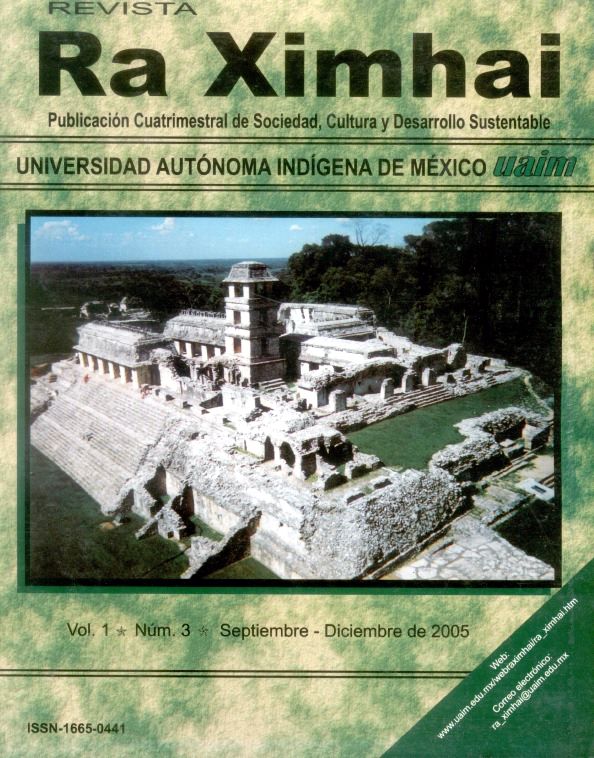Recognition of defects in wood using a fuzzy neuro network.
DOI:
https://doi.org/10.35197/rx.01.03.2005.08.GRKeywords:
neurodiffusal, wood, incorporation methodAbstract
This article describes a neurofuzzy classifier that differentiates between 4 types of defects in wood known as buttons. Visual inspection of these defects by humans has a high degree of complexity since within the same class there are variations in shape, size and color. The features used by the classifier were extracted from wood images using 2D Gabor filters. These filters are widely used for images, where texture is an important factor. To reduce the dimensionality of the feature vector, the Embedding Method was used. The neurofuzzy network was designed from a two-layer Radial Basis Function (RBF) network where the network inputs are fuzzy before starting training. The recognition achieved was 97.05%, which is an acceptable result, taking into account that a human inspector achieves a recognition between 75 and 85%.
Downloads
References
Bezdek C. James, L. y Pal K.
“Fuzzy models for pattern recognition”. IEEE PRESS. 232 p.
Casanova J. A.
“Multiorientación de imágenes mediante un banco de filtros de Gabor-2D”
Revista Cognitiva. 12 (2): 223-246.
Chin, T. y G. Lee.
“Neural Fuzzy Systems: A Neuro Fuzzy Synergism To Intelligent Systems”.
Editorial Prentice Hall. 354 p.
Kauppinen, H., O. Silven y T. Piirainen.
“Self Organizing Map based user interface for visual surface inspection”. Proc. 11th Scandinavian cofernce on image analysis, Kangerlussuaq, Greenland. pp. 801- 808.
Jouko, L. y Seppo, S.
“Word defect recognition: A comparative study”. Proc. of workshop on Machine vision in advanced production, Oulu, Finland. 112 p.
“Self organizing feature extraction in recognition of wood surface defects and color images”. International Journal of Pattern Recognition and Artificial intelligence. 10 (2): 97-118.
Jouko L. Seppo S. y Markku K.
“Word surface inspection system based on generic visual features”.
International Conference on artificial neural networks ICANN’95 Paris. pp.9-13.
Silven, O., M. Niskanen y H. Kauppinen.
“Electrical engineering” University of Oulu. Department of electrical engineering. (En Línea) disponible en http://www.oulu.fi/research/ imag/gsom/
The Math Works Inc.
“Neural Network Toolbox User’s Guide”. Ver.2. 74 p.
Yaochu, J. Werner, Von S. y Bernhard, S.
“Extracting Interpretable fuzzy rules from RBR neural networks”. Institut Fur Neuroenformaski. Ruhr-Universitat Bochum, Internal Report, January 34 p.
Downloads
Published
How to Cite
Issue
Section
License
Copyright (c) 2005 Graciela María de Jesús Ramírez Alonso , Mario I. Chacón

This work is licensed under a Creative Commons Attribution-NonCommercial 4.0 International License.
Usted es libre de:
- Compartir — copiar y redistribuir el material en cualquier medio o formato
- Adaptar — remezclar, transformar y construir a partir del material
- La licenciante no puede revocar estas libertades en tanto usted siga los términos de la licencia
Bajo los siguientes términos:
- Atribución — Usted debe dar crédito de manera adecuada , brindar un enlace a la licencia, e indicar si se han realizado cambios . Puede hacerlo en cualquier forma razonable, pero no de forma tal que sugiera que usted o su uso tienen el apoyo de la licenciante.
- NoComercial — Usted no puede hacer uso del material con propósitos comerciales .
- No hay restricciones adicionales — No puede aplicar términos legales ni medidas tecnológicas que restrinjan legalmente a otras a hacer cualquier uso permitido por la licencia.








